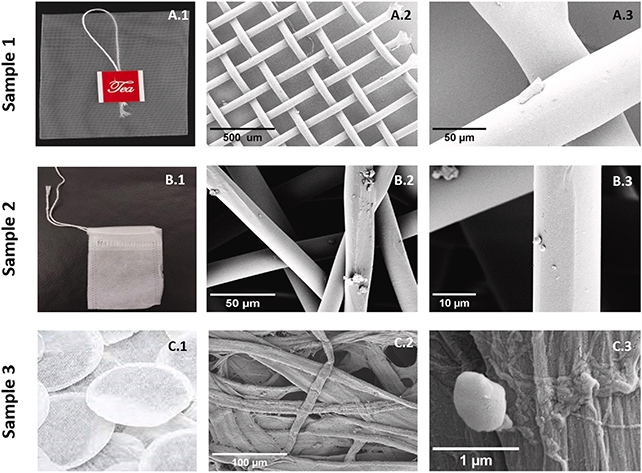Researchers have successfully shown that light can be slowed down in certain conditions, and a new study has revealed a highly useful approach to achieving this. The breakthrough, led by scientists from Guangxi University and the Chinese Academy of Sciences in China, has the potential to enhance computing and optical communication.Light ordinarily travels through the vacuum at a speed of 299,792 kilometers (about 186,000 miles) per second. However, when encountering various electromagnetic fields, such as those surrounding ordinary matter, light’s velocity begins to diminish. While most transparent materials can only slow light by a small amount, significant reduction in speed requires special materials such as photonic crystals or super-chilled quantum gases.In their published paper, the researchers expressed their belief that their work opens up a new possibility for realizing powerful light-matter interactions in nanophotonic chips.The new method builds upon electromagnetically induced transparency (EIT), which involves using laser techniques to control electrons within a gas stored in a vacuum, effectively transforming it from opaque to transparent. As a result, laser light can pass through, but its speed is reduced. This feature is of interest to physicists, although it also leads to significant light and energy loss in the process.In order to minimize this loss and improve the overall efficiency of the system, the researchers leveraged EIT principles to create a new material for slowing down light. This material is a type of metasurface— an artificial 2D structure with unique properties not found in nature.The team’s metasurfaces were composed of thin silicon layers, similar to modern computing chips, and were found to be superior to existing alternatives in terms of energy retention and release (from light). Based on the results, the researchers achieved a light slowdown of more than 10,000 times with a reduction of light loss by more than five times compared to other similar methods.Crucial to the new approach is the arrangement of the metasurface’s tiniest building blocks, known as meta-atoms. In this case, these blocks are positioned close enough to merge together, influencing the way light interacts as it passes through. Overall, this intricate scientific work results in better control over the movement of light, which has numerous potential applications, given its critical role in a wide range of technologies from broadband internet to quantum computing.This method is not the only way scientists have managed to slow down light beyond the natural slowing in substances like water, but its impressive efficiency and scalability make it a promising avenue for further exploration. The researchers concluded that their findings offer a new way to manipulate light flow in metasurfaces.The research has been published in Nano Letters.
Researchers Demonstrated a Method for Slowing Down Light by 10,000 Times















